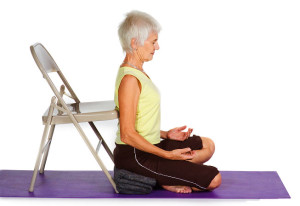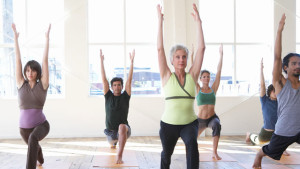
“You can’t live without inflammation, but it can also be hazardous to your health.”
Inflammation is a normal response of the body to outside threats like stress, infection, injury, and toxic chemicals. It is a response of the immune system that is designed to protect the body and ward off these threats. It works quite well for short-term infections and injuries and as such is an important defense mechanism for the body.. But when inflammation is protracted and becomes chronic, it can itself become a threat to health.
Chronic inflammation can produce autoimmune diseases such as colitis, Chron’s disease, arthritis, heart disease, increased cancer risk, lung disease, sleep disruption, gum disease, decreased bone health, psoriasis, and depression. Needless to say chronic inflammation can create major health problems. Indeed, the presence of chronic inflammation is associated with reduced longevity. So, it is important for health to control the inflammatory response, allowing it to do its job in fighting off infection but then reducing its activity when no external threat is apparent.
Contemplative practices appear to relax the physical systems of the body including the immune system, reducing inflammation. Mind body techniques such as the ancient practice of Tai Chi http://contemplative-studies.org/wp/index.php/2015/08/06/age-healthily-treating-insomnia-and-inflammation/ and meditation (LINK TO “Control Inflammation with Mind-Body Practices – with RN Bower 2015”) have been shown to reduce inflammation. In addition, yoga practice has been found to reduce the inflammatory response in industrial workers http://contemplative-studies.org/wp/index.php/2015/07/17/healthy-balance-through-yoga/.
In today’s Research News article “Effect of Yoga Practice on Levels of Inflammatory Markers after Moderate and Strenuous Exercise”
http://www.ncbi.nlm.nih.gov/pmc/articles/PMC4525504/
Vijayaraghava and colleagues found that yoga practitioners had lower levels of immune system agents that are associated with inflammation, Tumour Necrosis Factor alpha (TNF-α), Interleukin-6 (IL-6). Additionally, they found that when exposed to strenuous exercise there was less of an increase in these agents than in participants who did not practice yoga. These results suggest that yoga practice reduces chronic inflammation and also blunts the inflammatory response to exercise.
Yoga is both a mind-body relaxation technique and a mild exercise. Both of these aspects of yoga practice may be involved in reducing the inflammatory response. This may occur by creating an overall state of physical and psychological relaxation, by reducing the the response to stress, and by exercise moderating pro-inflammatory cytokines.
Regardless of the mechanisms involved, these results are exciting and indicate that the relatively safe practice of yoga can be very good for health by reducing chronic inflammation. This may be one of the reasons that yoga practitioners appear to be healthier and live longer.
So, practice yoga, reduce inflammation, and be healthier.
“I don’t think anybody would argue that fact that we know inflammation in the body, which comes from a lot of different sources, is the basis for a lot of chronic health problems, so by controlling that, we would expect to see increased life expectancy.”. – Josie Znidarsic
CMCS – Center for Mindfulness and Contemplative Studies








